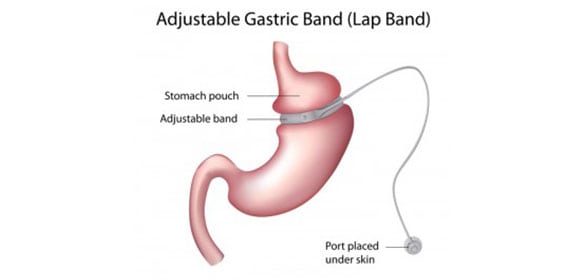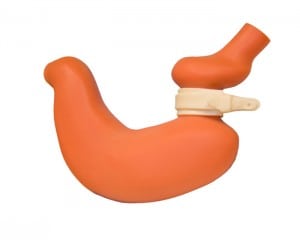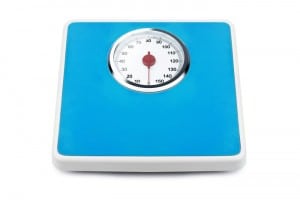Lap-Band revision is a surgical weight loss procedure that may be performed to replace the existing Lap-Band or to remove the Lap-Band and perform another weight loss surgery, such as the gastric sleeve or gastric bypass.
- Lap-Band can be adjusted as you progress
- A revision is sometimes needed to improve results




 The
The  Many health professionals believe the duodenal switch to be the most effective weight loss surgery for improving
Many health professionals believe the duodenal switch to be the most effective weight loss surgery for improving